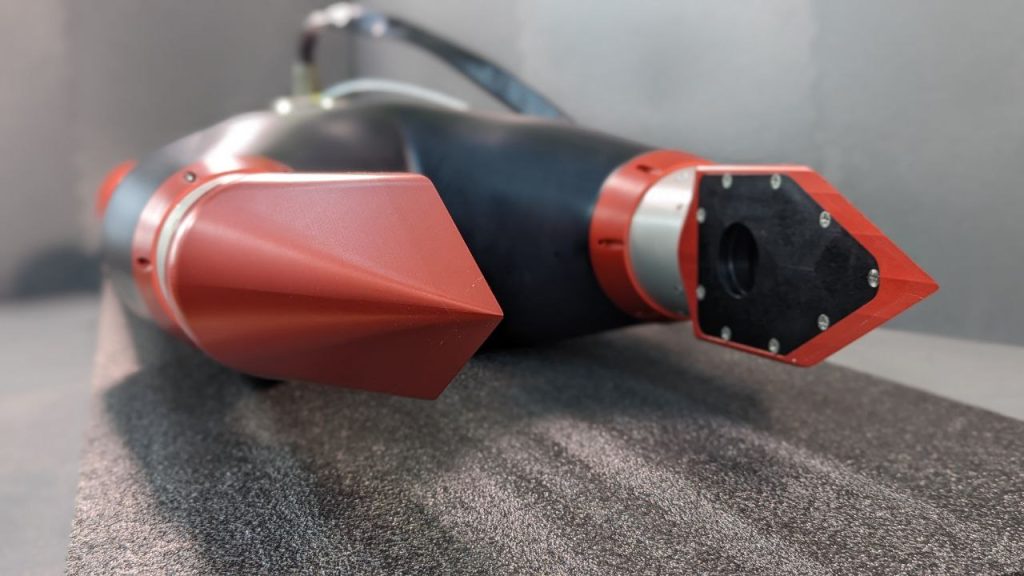Note about IceWarn sensor
Icing is a hazard to all aircrafts, however, for unmanned aerial vehicles (UAVs) this risk is exacerbated. Due to their smaller airframe size and lower flight velocities, UAVs are more sensitive to icing effects. IceWarn is a sensor package intended for use on small UAVs like quadcopter drones and that utilizes an optical system and backscattered light from aerosols to identify the presence of in-cloud icing conditions ahead of the aircraft. A warning is to be provided prior to the aircraft encountering icing conditions and before ice accretion starts on critical surfaces – giving enough time to initiate mitigation measures.
Icing risk is estimated based on investigation of the aerosol backscatter coefficient as a function of relative humidity for different types of (regionally characteristic) aerosols. This includes calculations from Mie theory using modelled optical properties of ensembles of aerosol particles and observations from collocated ceilometers and radiosondes. We consider atmospheric parameters like temperature and humidity, which affects the presence of supercooled cloud droplets, optical and microphysical properties of hygroscopic aerosols, and processes behind cloud formation and their subsequent development of relevance in this context. In collaboration with project partner university of Oslo, lab tests were performed at ETH Zurich during spring 2023 and the sensor is planned to be deployed at Andøya during winter 2023/2024 for further field tests.

Note about HoloScene sensor
Andøya Space Sub-Orbital has built the HoloScene optical instrument to study the physical processes that lead to the formation of ice particles inside mixed-phase clouds.
Important research: Clouds at low to middle altitudes are often mixed-phase clouds, which means that the clouds contain both liquid water and ice particles. It is important to understand all the physical processes that lead to the formation of ice particles in order to have a better understanding of climate systems, and to improve weather predictions.
Cooperation: The development of the instrument has been cooperation between Andøya Space, University of Oslo and the National Institute for Aerospace Research (INCAS). The HoloScene is an airborne version of a holographic imager developed by ETH Zurich.
Optical instrument: HoloScene is an abbreviation of Holographic Sampler for investigating Cold Evolution from Nucleation to Evaporation. It works by illuminating droplets with a 355 nm laser, and imaging them with 65 megapixel high speed camera. The instrument will be carried underneath the wing of a research aircraft during its science mission.

0 Comments